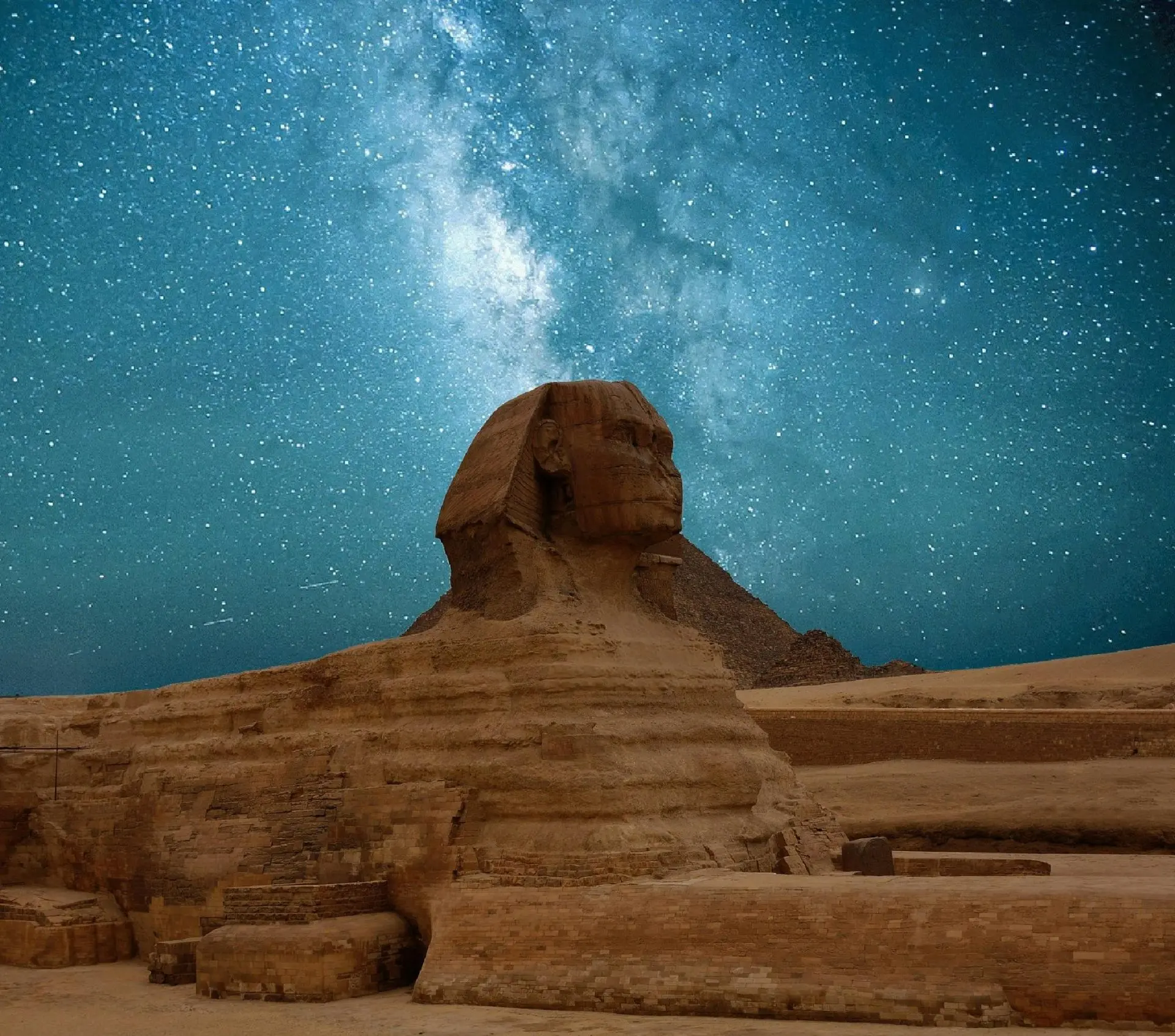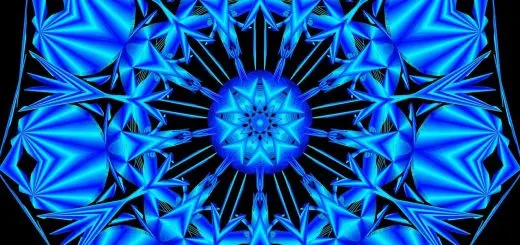Transformations and Metamorphoses in Mythological Tales

Looking for more amazing products? Check out our online store and explore our collection here! Happy shopping!
Before diving in, please note: This post is for informational purposes only. If you’d like to know more about how we approach topics, feel free to check out our friendly Disclaimer Page.
Hey there, amazing readers! 
We’re committed to delivering quality posts, and your support (even just sticking around despite the ads) means everything to us. So, bear with us, and thanks for helping us keep the good vibes rolling. Now, on to the fun stuff!
TRANSLATE BUTTON AT THE END OF THE ARTICLE
A Quick Overview
Transformations and metamorphoses in mythological tales have always intrigued and captivated audiences across cultures and generations.
These stories often depict gods, goddesses, creatures, and monsters changing forms, symbolizing deeper meanings and cultural significance.
The concept of shape-shifting in mythology is not only a tool for storytelling but also a way to explore themes of change, evolution, and morals.
By comparing transformation myths across different cultures, we can unravel the secrets of these ancient tales and understand the impact of metamorphoses on mythological characters.
In this article, we will delve into the world of mythological transformations, exploring examples, symbolism, and contemporary interpretations of these fascinating stories.
Introduction to Transformations in Mythological Tales
Mythological tales are replete with instances of transformations, where characters undergo profound changes in form or nature.
These metamorphoses often serve as pivotal plot points, driving the narrative forward and revealing hidden truths.
Whether it’s a god assuming a mortal guise or a monster taking on a human form, shape-shifting adds layers of complexity and intrigue to these timeless stories.
Throughout history, cultures have used transformations in myths to explain natural phenomena, human behavior, and the mysteries of the universe.
The Concept of Metamorphosis in Mythology
Metamorphosis in mythology goes beyond mere physical change; it represents a fundamental shift in identity, power, or purpose.
Characters who undergo metamorphoses are often propelled into new roles or destinies, challenging their perceptions of self and others.
This concept of transformation reflects the fluidity of existence and the cyclical nature of life, mirroring the ever-changing world we inhabit.
In mythological tales, metamorphosis serves as a metaphor for personal growth, rebirth, and the eternal struggle between opposing forces.
Examples of Shape-Shifting in Mythical Stories
One of the most famous examples of shape-shifting in mythology is the story of Zeus, who transformed into various creatures to seduce mortal women.
In the tale of Leda and the Swan, Zeus takes the form of a swan to seduce Leda, resulting in the birth of Helen of Troy.
Another well-known example is the legend of Proteus, the sea god who could change his shape at will to evade capture.
These stories showcase the power of transformation as a tool for gods to interact with humans and fulfill their divine purposes.
Gods and Goddesses Transforming in Mythology
In many mythological traditions, gods and goddesses are known for their ability to transform into different beings or objects.
For example, in Hindu mythology, the god Vishnu takes on various avatars to restore balance to the world.
In Greek mythology, the goddess Athena transforms Arachne into a spider as punishment for her hubris.
These divine transformations often serve as lessons for mortals, highlighting the consequences of pride, jealousy, or disobedience.
Creatures and Monsters Changing Forms
Mythological creatures and monsters are also notorious for their shape-shifting abilities.
The werewolf, a common figure in folklore, transforms from human to wolf under the light of the full moon.
The sphinx, a creature from Greek and Egyptian mythology, has the body of a lion and the head of a human, symbolizing the blending of animal and human characteristics.
These transformations blur the lines between the natural and supernatural, inviting audiences to ponder the mysteries of the unknown.
Symbolism of Metamorphoses in Myths
Metamorphoses in myths are rich in symbolism, representing themes of transformation, duality, and destiny.
The story of Ovid’s Metamorphoses, a classic Roman epic, explores the themes of love, loss, and change through a series of interconnected tales.
Each transformation in the narrative reflects the emotional and psychological turmoil of the characters, revealing the complexities of human nature and the power of storytelling to convey profound truths.
Impact of Transformations on Mythological Characters
The transformations experienced by mythological characters often have a profound impact on their lives and destinies.
Characters like Circe, the sorceress from Homer’s Odyssey, use shape-shifting as a means of control, manipulating others to achieve their goals.
Conversely, characters like Narcissus, who transforms into a flower after falling in love with his own reflection, experience tragic consequences as a result of their metamorphoses.
These stories remind us of the delicate balance between power and vulnerability inherent in transformation.
Themes of Change and Evolution in Ancient Tales
Ancient myths are rife with themes of change and evolution, highlighting the cyclical nature of existence and the inevitability of transformation.
Whether it’s the story of Demeter and Persephone, exploring the changing seasons and the cycle of life and death, or the tale of Gilgamesh, undergoing a transformative journey of self-discovery and redemption, these stories resonate with audiences on a deep, universal level.
By embracing change and evolution, mythological characters navigate the complexities of their worlds and discover hidden truths about themselves and the cosmos.
Cultural Significance of Metamorphoses in Mythology
Metamorphoses in mythology hold immense cultural significance, reflecting the values, beliefs, and rituals of a society.
In Native American folklore, shape-shifting is a common motif, symbolizing the interconnectedness of all living beings and the importance of adaptation to survive in a harsh environment.
In Japanese mythology, creatures like the kitsune (fox) and tanuki (raccoon dog) are renowned for their shape-shifting abilities, embodying the fluidity of identity and the power of transformation.
These cultural narratives provide insight into the worldview of different societies and the ways in which they interpret the mysteries of the natural world.
Comparing Transformation Myths Across Cultures
By comparing transformation myths across different cultures, we can uncover universal themes and motifs that transcend geographical boundaries.
The story of the werewolf, for example, appears in various forms in European, Asian, and Native American folklore, highlighting humanity’s fascination with the duality of nature and the beast within.
Similarly, the concept of shape-shifting gods and goddesses can be found in mythologies from ancient Egypt to modern-day Africa, emphasizing the enduring appeal of divine transformation as a means of interacting with mortals.
Lessons and Morals Derived from Shape-Shifting Stories
Shape-shifting stories in mythology often convey valuable lessons and morals to audiences, teaching them about the consequences of actions and the importance of self-awareness.
The tale of the Minotaur, a monster born of a divine curse, warns against the dangers of unchecked anger and pride.
In contrast, the story of the phoenix, a mythical bird that rises from its own ashes, symbolizes resilience, rebirth, and the eternal cycle of life.
Through these stories, audiences learn to navigate the complexities of the human experience and embrace change as a natural part of existence.
Contemporary Interpretations of Mythological Metamorphoses
In contemporary literature, art, and media, mythological metamorphoses continue to inspire creators to explore themes of identity, transformation, and power.
Authors like Neil Gaiman and Madeline Miller often draw upon classical myths to reimagine characters like Circe and Medusa in a modern context, challenging traditional narratives and offering new perspectives on familiar stories.
Similarly, visual artists and filmmakers use shape-shifting motifs to create visually stunning works that blur the lines between reality and fantasy, inviting audiences to question their perceptions of self and others.
Conclusion
Transformations and metamorphoses in mythological tales are not merely fantastical elements of storytelling; they are profound reflections of the human experience and the mysteries of existence.
Through shape-shifting gods, creatures, and monsters, mythologies from around the world explore themes of change, evolution, and cultural significance.
By delving into the symbolism, impact, and lessons derived from transformation myths, we can unlock the secrets of these ancient tales and discover the timeless truths they hold for contemporary audiences.
In a world ever-evolving and full of uncertainties, the enduring power of mythological metamorphoses reminds us of the eternal cycle of transformation that shapes our lives and narratives.

The Enlightenment Journey is a remarkable collection of writings authored by a distinguished group of experts in the fields of spirituality, new age, and esoteric knowledge.
This anthology features a diverse assembly of well-experienced authors who bring their profound insights and credible perspectives to the forefront.
Each contributor possesses a wealth of knowledge and wisdom, making them authorities in their respective domains.
Together, they offer readers a transformative journey into the realms of spiritual growth, self-discovery, and esoteric enlightenment.
The Enlightenment Journey is a testament to the collective expertise of these luminaries, providing readers with a rich tapestry of ideas and information to illuminate their spiritual path.
Our Diverse Expertise
While our primary focus is on spirituality and esotericism, we are equally passionate about exploring a wide range of other topics and niches 

To ensure we provide the most accurate and valuable insights, we collaborate with trusted experts in their respective domains 
Our blog originally focused on spirituality and metaphysics, but we’ve since expanded to cover a wide range of niches. Don’t worry—we continue to publish a lot of articles on spirituality! Frequently visit our blog to explore our diverse content and stay tuned for more insightful reads.
Hey there, amazing reader! 
Check out our store here and take a peek at some of our featured products below! Thanks for being awesome!













